Terry mallow and its cultivation
Terry mallow is considered a rather unpretentious plant that looks spectacular when creating flower beds, as well as against the background of green trees and low bushes. Cut flowers can stand in a vase for a long time, retaining their decorative properties.
Content:
- Growing mallow and breeding it
- The main principles for caring for mallow
- Mallow application in different areas
Growing mallow and breeding it
Preferred when the plant mallow is grown through seedlings. To do this, it is planted in boxes filled with sifted soil. The seeds are covered with a thin layer of 0.5 cm of compost, and then it is pressed a little. It is advisable to cover the boxes with plastic or glass.
Mallow, the cultivation of which cannot be called difficult, prefers temperatures from +15 to +20 degrees. In addition, the land needs to be watered regularly, and then seedlings will appear after 2-3 weeks. At first, these seedlings will grow rather slowly, therefore, after their appearance, it is imperative to weed. Otherwise, weeds can drown out young shoots.
Around September, plants can be transplant to a permanent place. In appearance, these will already be small bushes, but with rather large heart-shaped leaves. Before the frost begins, they have time to get stronger. In winter, however, they will need to be covered, for example, with branches, dry grass and fallen leaves.
The next year, the root system of the plant will already be quite strong and hardy. In addition, flower stalks will appear. As for further transplantation, this mallow does not like this, since the root of the plant gradually becomes sufficiently long and strong. When digging up, it can only be harmed.
The main principles for caring for mallow
Flower mallow, the care of which includes carrying out "May" hardening, is planted in open ground with an interval of 60 cm. The plant blooms from early August to October. Therefore, when thinking over landscape design options, consider this nuance.
Here are some points to consider when caring for mallow:
- Location.
Musk mallow and terry mallow prefer sunny, open areas that are protected from the wind. It should also be remembered that the plant will need a garter. If the flower is in the shade, then it will stretch in length, and the abundance of flowering will be reduced.
- The soil.
It should be noted that mallow, the photo of which allows you to imagine all the beauty of a perennial plant, prefers medium moist soil. It should be humus-rich and neutral. In addition, special attention should be paid to drainage.
- Watering.
Watering mallow should be moderate but regular. Both drought and stagnant moisture are detrimental to the plant's root system.
- Fertilizer.
In order for the plant to have a healthy and exuberant flowering, mineral feeding is necessary. To do this, you periodically need to apply fertilizer in the form of humus and compost.
- Potential pests and diseases.
The most dangerous pests are slugs, which can infect mallow. In addition, it is prone to developing bacterial diseases, especially if the flower grows in a humid region. The most common and possible diseases can be powdery mildew, leaf rust and stem cancer.When the first signs of leaf damage appear, they must be removed immediately. After that, treat with special antifungal drugs.
- Pruning.
Since mallow is often used to create various flower arrangements, for example, in rock gardens, flower beds and rockeries, pruning will be an important part of caring for this plant. This procedure depends on what form they intend to give in the end result. It is also necessary to prune faded flowers, otherwise the plant may begin to deplete and unnecessary seeds may form.
- Garter.
Since mallow has sufficiently long peduncles, so that the plant does not break due to gusts of wind, it is necessary to tie the shoots to stakes.
Mallow application in different areas
In addition to its decorative properties, mallow is used in many other situations. For example, it is widely used in medicine. For example, an infusion of mallow flowers is used as an enveloping agent. In addition, mallow has anti-inflammatory properties.
In addition to medicine, mallow is used to make dyes for both wine and wool. And flower seeds have found their application in industry thanks to a special semi-drying oil.
Mallow is still a popular plant with many gardeners. And this is not surprising, because this flower is graceful and beautiful. And, most importantly, caring for the plant is simple, so even a beginner can grow this amazing plant without much difficulty. Therefore, grow mallow for yourself!



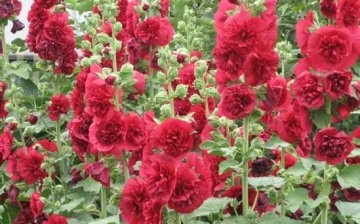
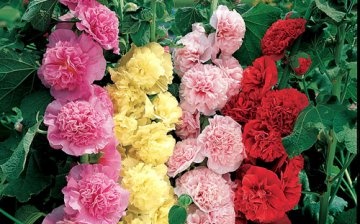
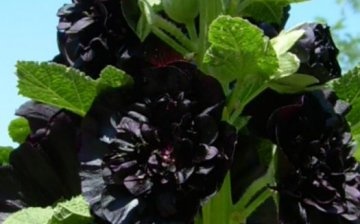
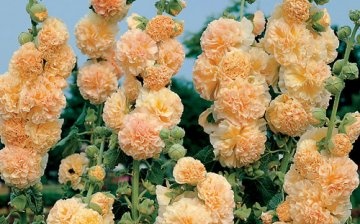




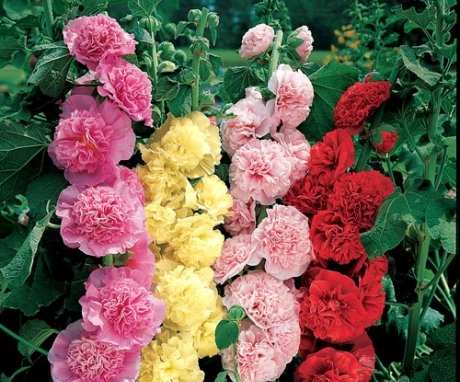
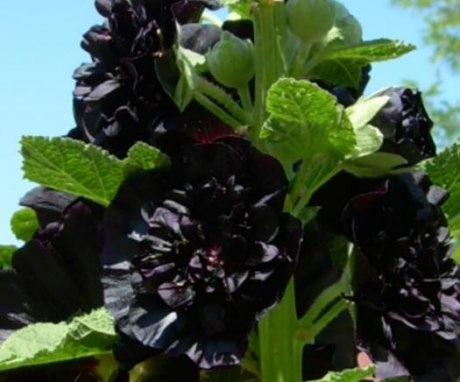
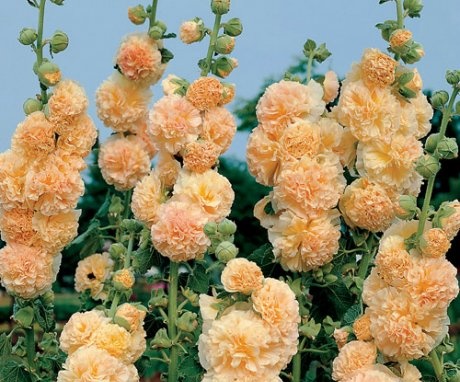
I see that there are many places in the city where the simplest mallow grows - light pink. Terry mallow is grown in garden plots.
Terry and curly mallow is such an indescribable beauty. My mother and I planted terry from seeds three years ago. It is only a pity that it is being translated over time. And it becomes an ordinary mallow ((